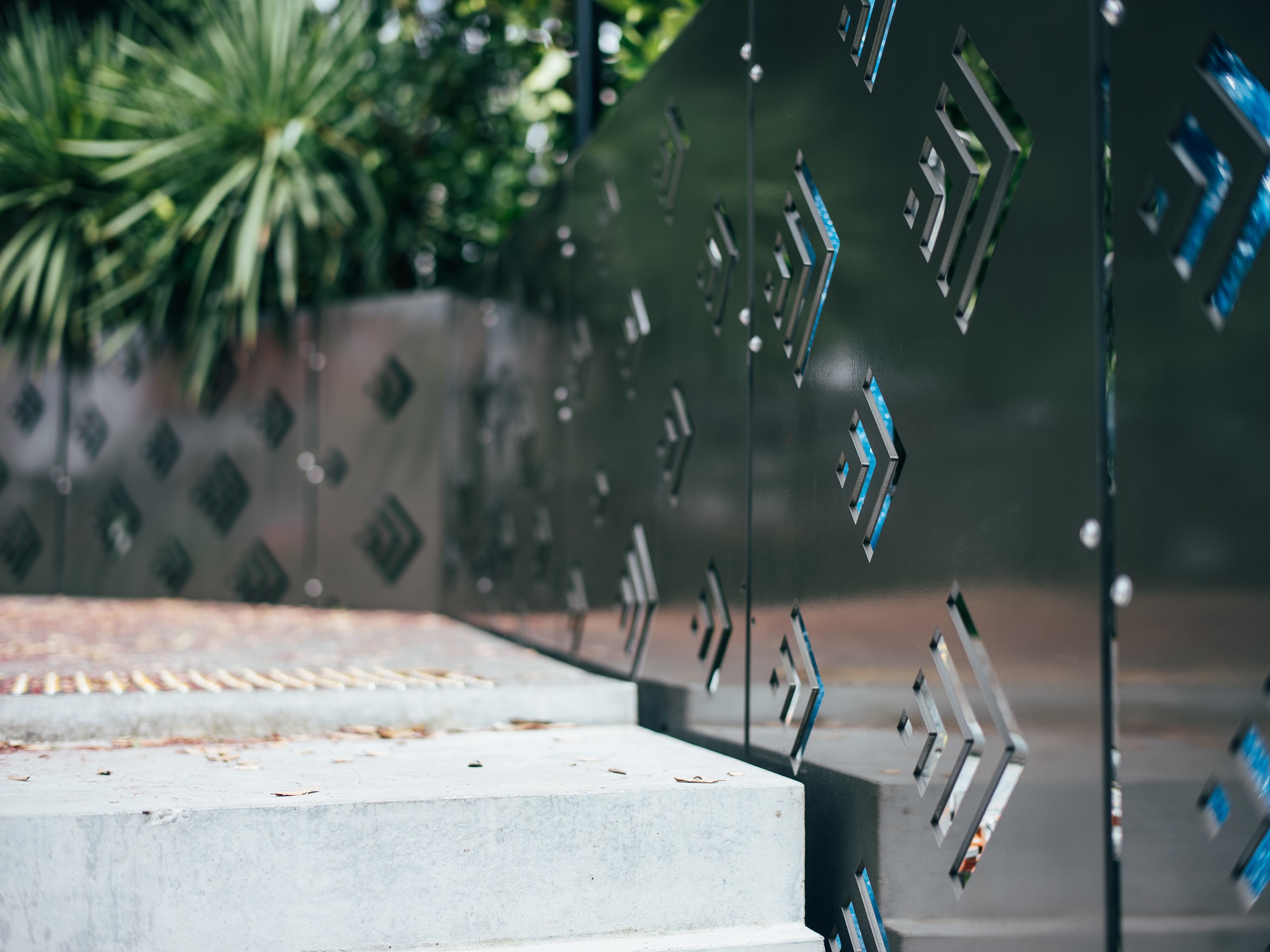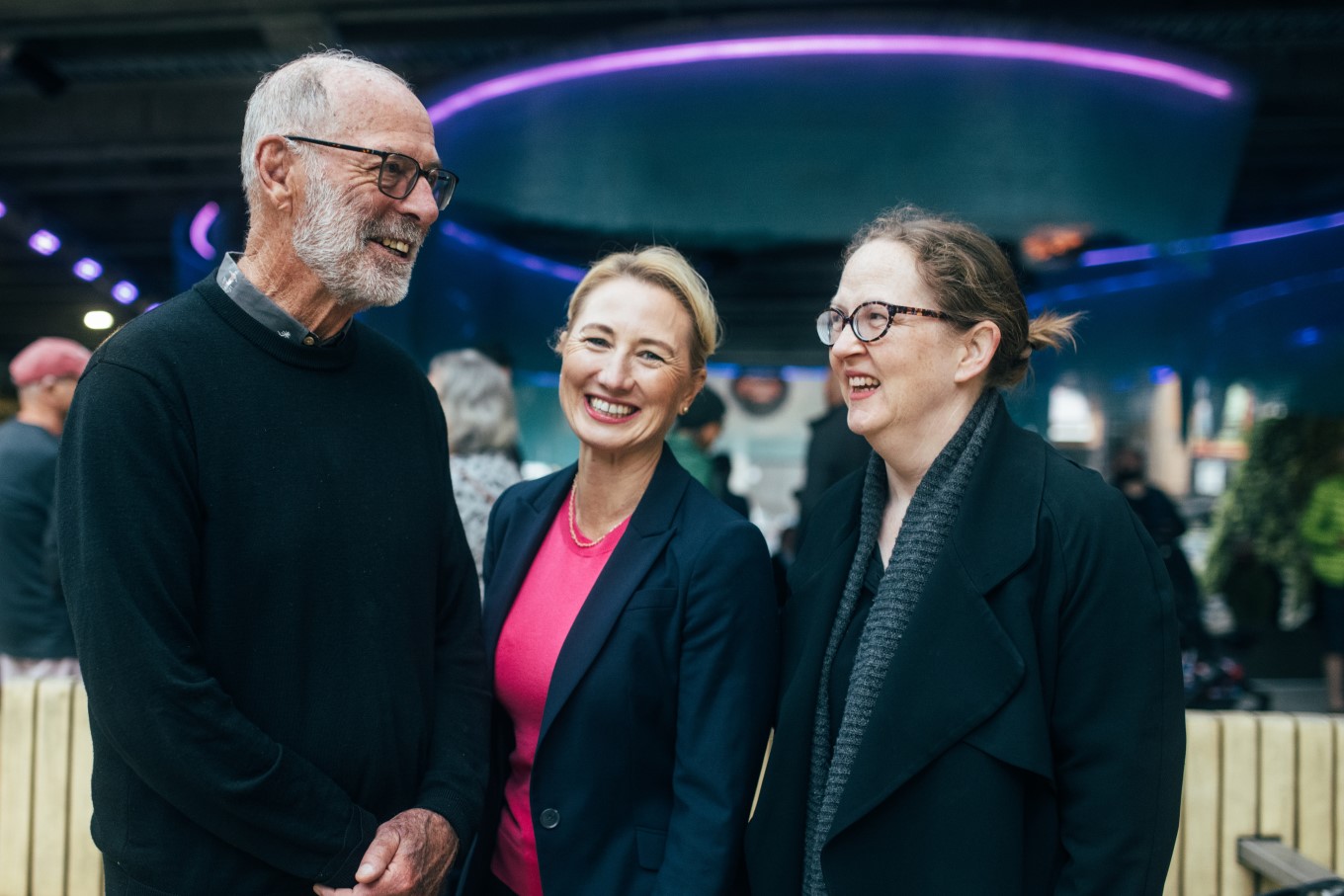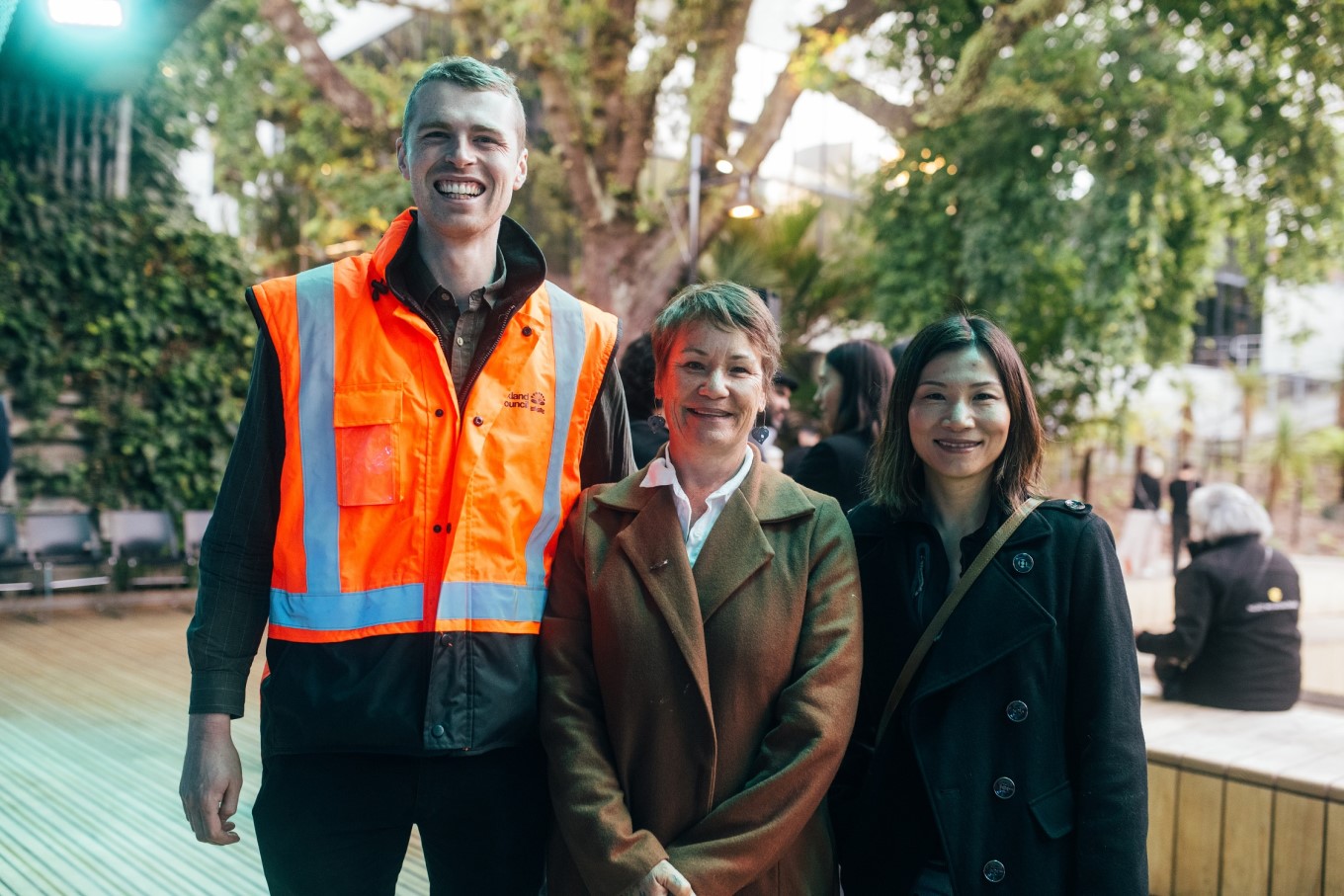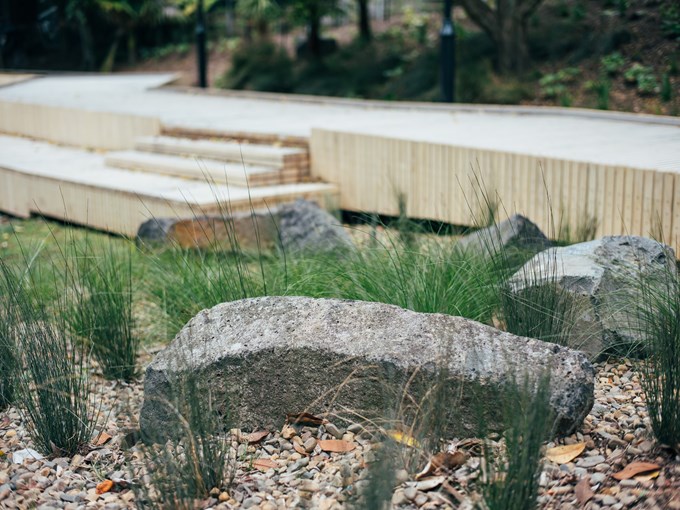The much-anticipated upgrade of Myers Park is now complete, with a boardwalk, 24 new native trees, wetland garden, flood mitigation elements to collect and drain extreme rainfall, concrete detailing in the underpass, and a new stairway to Queen Street.
The Auckland Council project set out to make Myers Park more attractive and inclusive. The inclusivity of the park will be realised further when Waimahara – the mana whenua-led, multi-sensory artwork in the underpass - becomes fully interactive by March 2024.
Read about the two stages of the Waimahara experience here.

The Midtown Regeneration programme is designed to rejuvenate the area, future-proof infrastructure, bring new energy to public spaces and prepare for a significant increase in the number of residents, workers and visitors when the City Rail Link’s Te Waihorotiu Station opens.
When Sir Arthur Myers gifted six acres of city centre land 110 years ago, it would have been hard to imagine what Myers Park would become in 2023:
-
Tree canopy – 344 mature trees (including 24 newly planted natives) provide shade in the park, attract birds, improve air quality and absorb carbon. Residents and visitors now enjoy an even balance of native and exotic trees - including Pūriri, Moreton Bay Fig and an avenue of palms.
-
Floodwall - The floodwall at the northern end of Myers Park performed well during the 27 January weather event, safe-guarding the Town Hall, other historic landmarks and private property from harm. The floodwall (built in 1998) is now concealed under a permeable boardwalk structure with new drainage infrastructure, giving the park capacity to contain floodwater equivalent to half an Olympic-sized swimming pool and efficiently channel it into the stormwater system.
-
Frictionless motion – Connecting local theatres with the park, an improved underpass now features a continuous pūhoro pattern molded into concrete ramps. Artist Graham Tipene (Ngāti Whātua, Ngāti Kahu, Ngāti Hine, Ngāti Hauā, Ngāti Manu) explains that pūhoro literally means ‘frictionless motion’. His double-spiral design speaks to the northern and southern hemispheres and to male female duality, while re-creating the ridges that were once carved into the hulls of waka. Water would hit the ridges and form a thin layer of air, helping the vessels move faster through the ocean. It’s a design principle seen in power boats still.
-
City Rail Link - A world-class underground rail system is taking shape a short walk away from Myers Park, with Te Waihorotiu Station expected to become New Zealand’s busiest station when it opens in 2026.
-
Place for children - Improvements over decades have seen the park better reflect Myers’ vision of a place for children to play. The award-winning playground, a playful series of waterspouts with a Hone Tūwhare poem circling the edge, native birds playing hide-and-seek in a trio of sculptures and the Five Ram Statue gifted by sister city Guangzhou, will delight children again this summer when Auckland Council’s free ‘Out & About’ family activity days return to the park. More here.

Mayor Wayne Brown, Genevieve Sage Chair of Waitematā Local Board, Alexandra Bonham Waitematā Local Board Member.
Waitematā Local Board Chair Genevieve Sage says Auckland's historic Myers Park is a cornerstone of midtown, an area undergoing significant renewal ahead of the opening of the City Rail Link.
“I am delighted to see the northern end of this precious park enhanced with new planting and infrastructure, helping limit the potential impacts of heavy rain. The improvements will also help make the park feel safer and more vibrant. “In the underpass we have a spectacular new public artwork – Waimahara – which is woven with rich mana whenua stories of place. The Waihorotiu stream which flows underground from this valley to the Waitematā Harbour is being remembered and celebrated within this project,” she says.
Through a mana whenua forum, Graham Tipene was invited to develop an artwork which would be an expression of te ao Māori, encouraging deeper understanding of cultural context, environment, and place.
Tessa Harris (Ngāi Tai Ki Tāmaki) has also contributed through the development of pātiki (flounder) patterning work for the new enhanced staircase reconnecting Mayoral Drive and Queen Street with the park. Pātiki once thrived in the nearby tidal area.
The upgrade has been funded by city centre businesses and residents through the city centre targeted rate, alongside council funding including contributions from the Waitematā Local Board and Auckland Council’s Regional Public Art capital expenditure fund.
The renewal of the northern end of Myers Park is the final stage of the Waitematā Local Board’s plans for the park’s redevelopment.
More on Auckland Council’s Midtown Regeneration programme at ProgressAKL.
Myers Park - looking back
-
Centuries ago– the Waihorotiu stream flowed through our city centre, fed by a spring in Myers Park. The stream, now piped underground, is still a spiritual life-force for Māori and central to the city’s story.
-
1913– business visionary and politician Sir Arthur Myers gifted six acres of land next to Queen Street to the city for Myers Park and he built a kindergarten there.
-
2012– Auckland Council and Waitematā Local Board began a staged redevelopment of Myers Park in 2012 and a new children’s playground area opened at the end of 2014.
-
December 2023- the final stage of the northern upgrade will be completed improving safety, accessibility, urban design quality, landscaping, and infrastructure in the park. An ambient form of the ground-breaking artwork Waimahara will open in the underpass of Myers Park by the end of the year.
-
March 2024 – once the speakers and a microphone are installed on-site in March 2024, this significant artwork – Waimahara - created by a multi-disciplinary team led by mana whenua, will be fully interactive and complete.

Auckland Council Project Manager Michael Brown, artist Tessa Harris and Auckland Council Head of City Centre Programmes Jenny Larking


